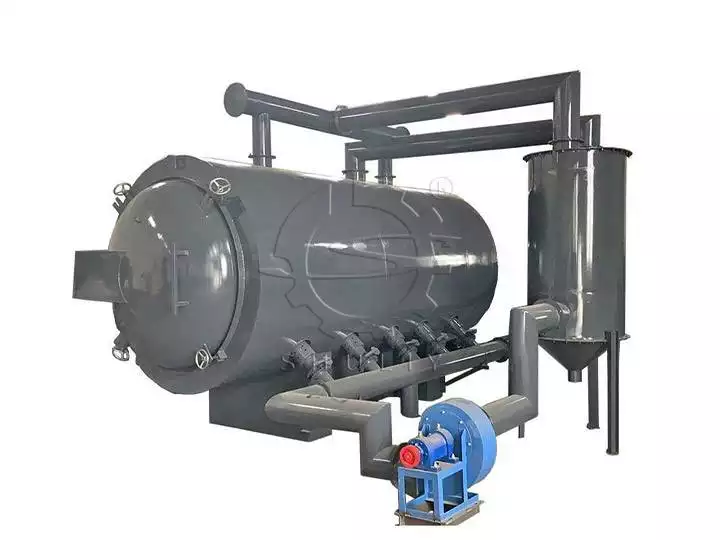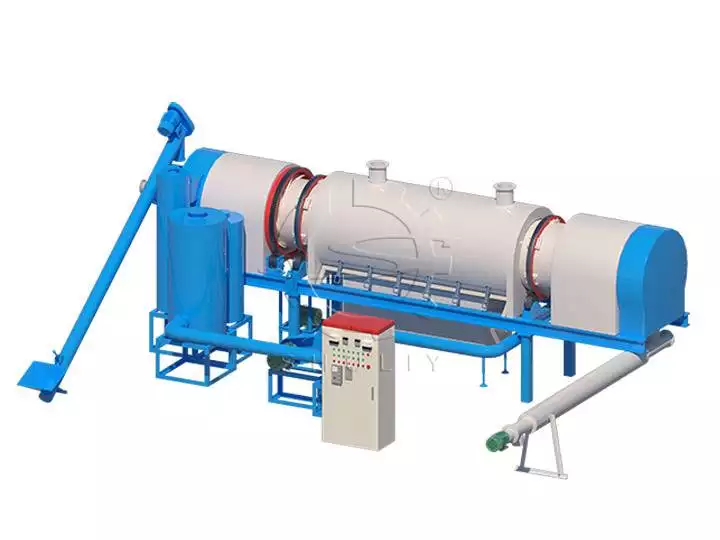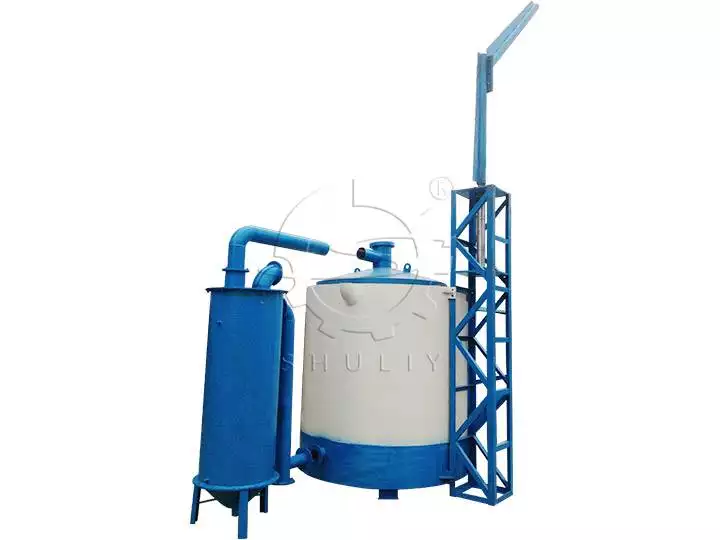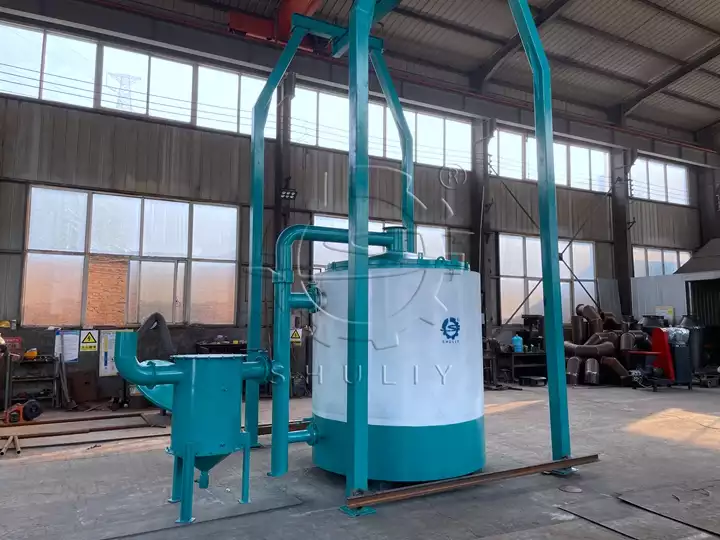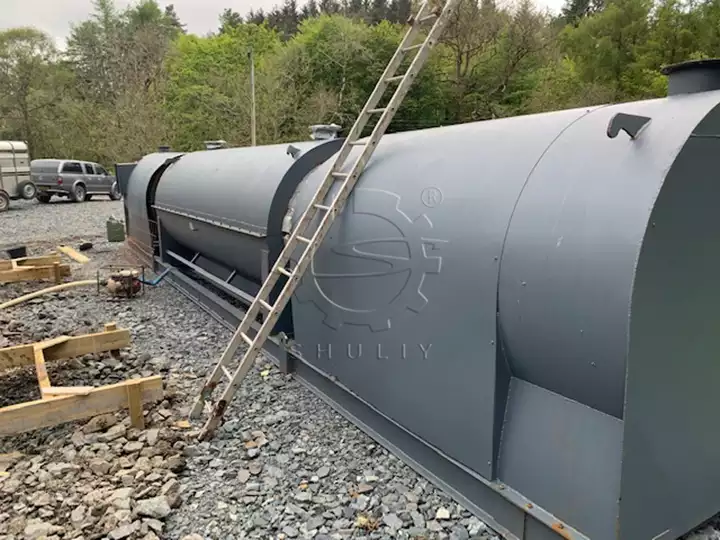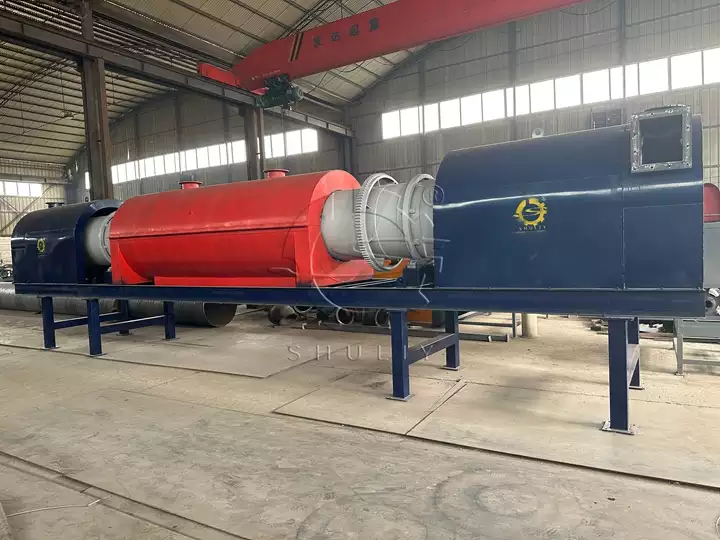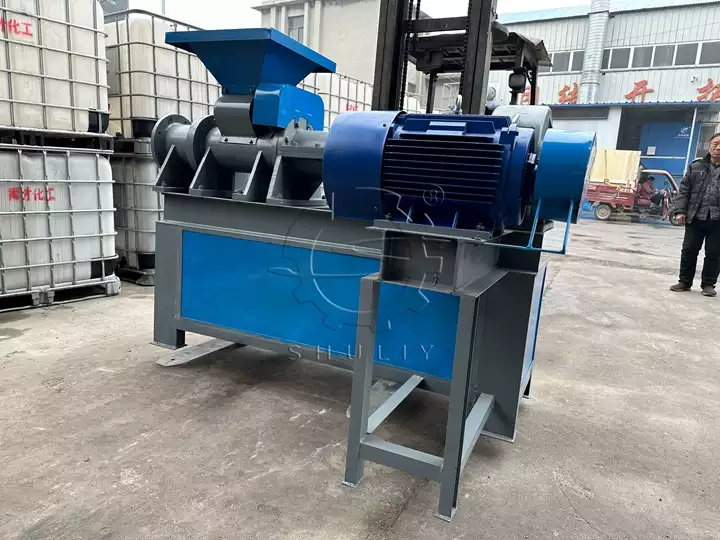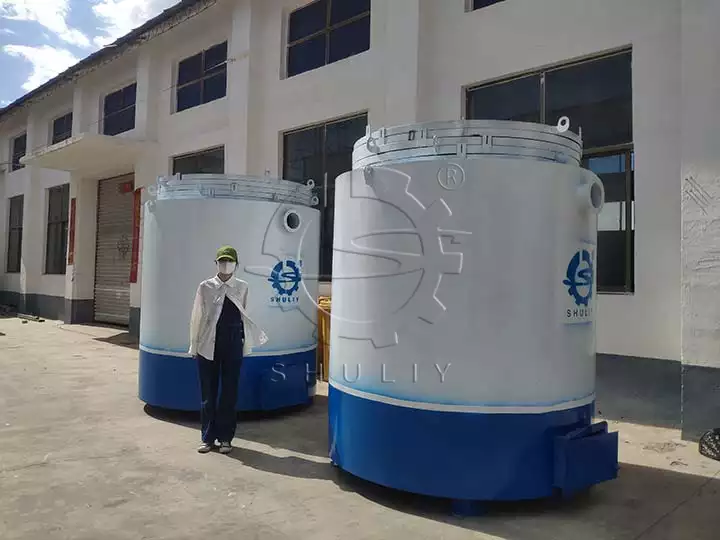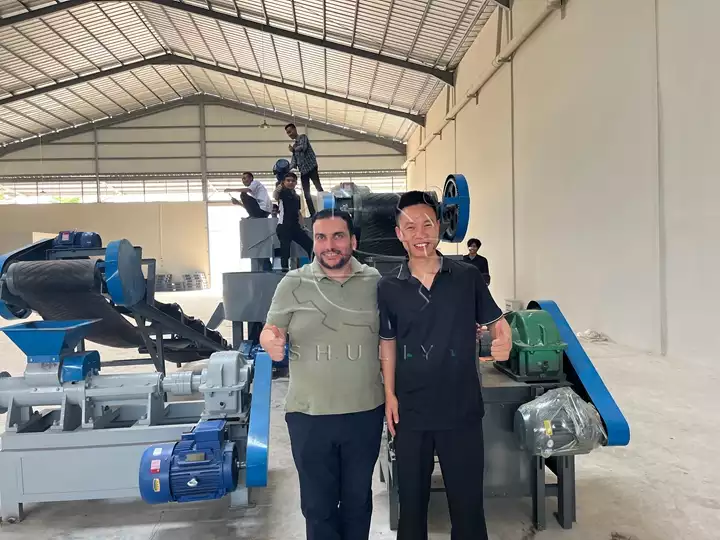Bagaimana proses karbonisasi?
Daftar isi
Karbonisasi adalah proses mengubah bahan organik menjadi karbon padat melalui serangkaian reaksi kimia pada suhu tinggi dan tanpa oksigen. Kami menyebut proses ini sebagai proses karbonisasi.
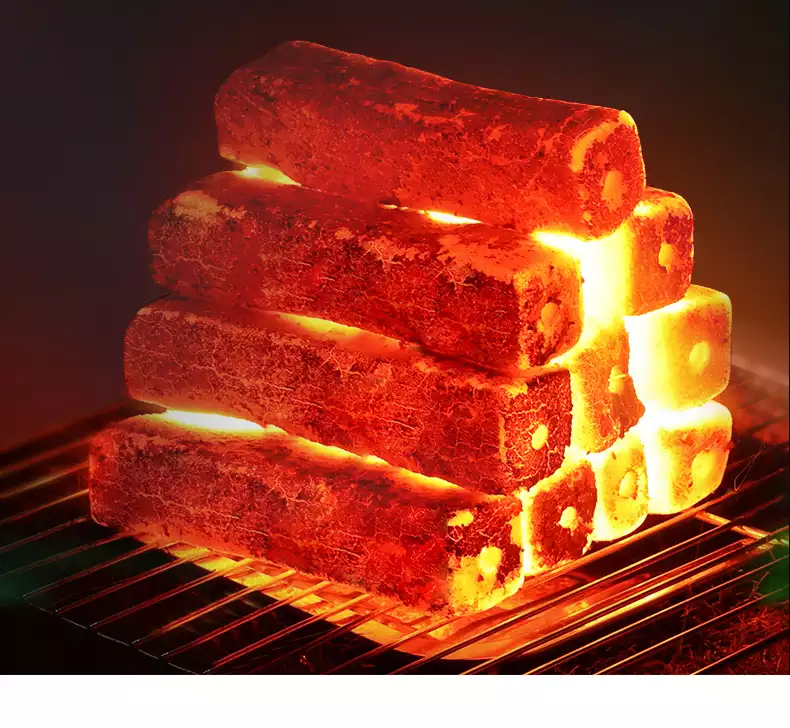
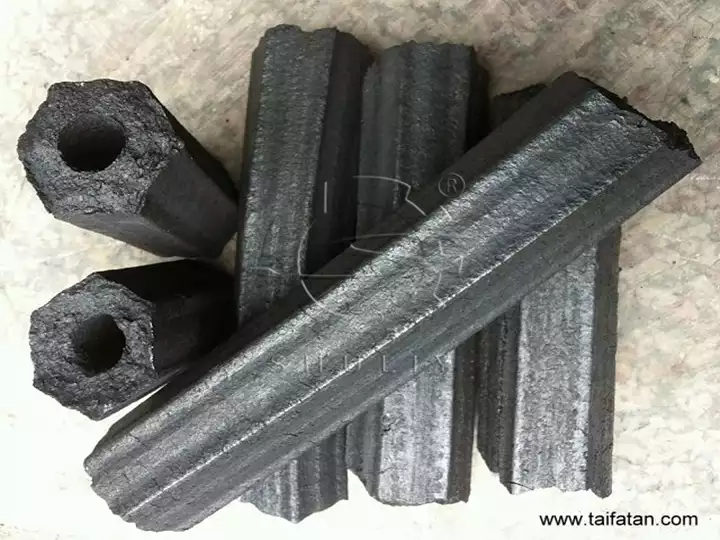
Proses karbonisasi ini melibatkan penempatan kayu, sisa tanaman, limbah atau bahan organik lainnya dalam peralatan khusus, yang kemudian memicu reaksi dekomposisi dan karbonisasi di bawah kondisi suhu dan pasokan oksigen yang terkontrol, yang pada akhirnya menghasilkan arang atau bentuk produk karbon lainnya.
Karbonisasi tidak hanya mengubah bahan organik menjadi bahan bakar yang efisien, namun juga membantu mengurangi limbah dan melindungi lingkungan. Pada artikel ini, kita akan mempelajari langkah-langkah spesifik proses karbonisasi dan peralatan yang terlibat.
Langkah-langkah dalam proses karbonisasi
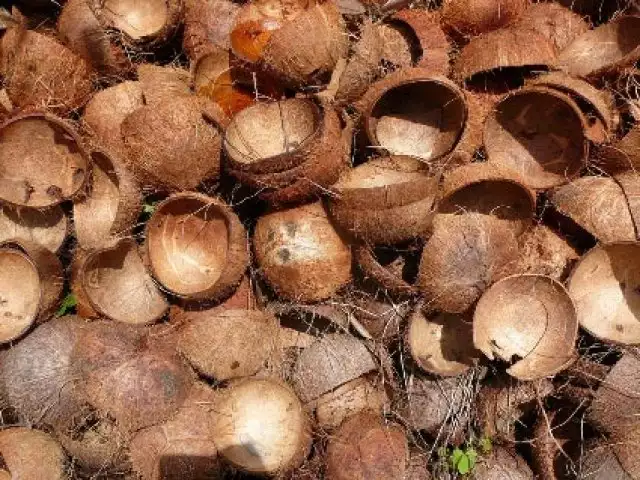
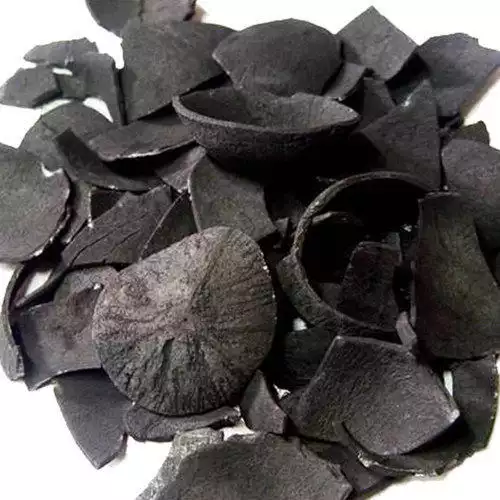
Langkah 1: Pra-perawatan
Bahan organik pertama-tama perlu dikumpulkan dan disimpan, dan kemudian dilakukan pengolahan awal seperti penghilangan kotoran, pemotongan dan pencacahan untuk mempermudah karbonisasi.
Langkah 2: Memuat atau memberi makan
Bahan organik yang telah diperlakukan sebelumnya dimuat ke dalam oven karbonisasi atau peralatan karbonisasi. Sering kali digunakan pengumpan, konveyor sekrup, dll. untuk mengirimkan bahan baku ke tempat yang ditentukan. Pabrik karbonisasi biasanya mencakup oven karbonisasi horizontal, pabrik karbonisasi kontinu dan oven karbonisasi vertikal.
Langkah 3: Pemanasan
Oven arang dipanaskan menggunakan alat pengapian atau dengan membakar jenis kayu, dan bahan organik yang dimuat secara bertahap dipanaskan dengan pasokan oksigen yang terkontrol. Selama proses pemanasan, bahan melepaskan uap air dan senyawa organik yang mudah menguap.
Langkah 4: Karbonisasi
Setelah dipanaskan sampai suhu tertentu, bahan organik mulai berkarbonisasi. Selama proses karbonisasi ini, material pada suhu tinggi terurai dan karbon di dalamnya mulai mengkristal dan membentuk karbon padat.
Langkah 5: Pendinginan
Setelah karbonisasi selesai, karbon padat yang dihasilkan perlu didinginkan karena suhunya yang tinggi. Hal ini dapat dilakukan dengan menghentikan atau mengurangi pemanasan dan membiarkan karbon mendingin secara perlahan hingga mencapai suhu kamar.
Langkah 6: Pengumpulan dan pemrosesan
Karbon padat yang didinginkan, juga dikenal sebagai arang atau bentuk bahan karbon lainnya, dapat dikumpulkan dan diproses. Ini termasuk penyaringan, penggilingan, penghancuran atau pencetakan untuk mendapatkan bentuk dan ukuran partikel yang diinginkan.
Peralatan yang digunakan dalam proses karbonisasi
Sebagai produsen dan pemasok mesin arang profesional, kami memiliki tiga jenis peralatan untuk Anda pilih:
Oven karbonisasi horizontal: peralatan karbonisasi tradisional, biasanya digunakan untuk produksi skala kecil.
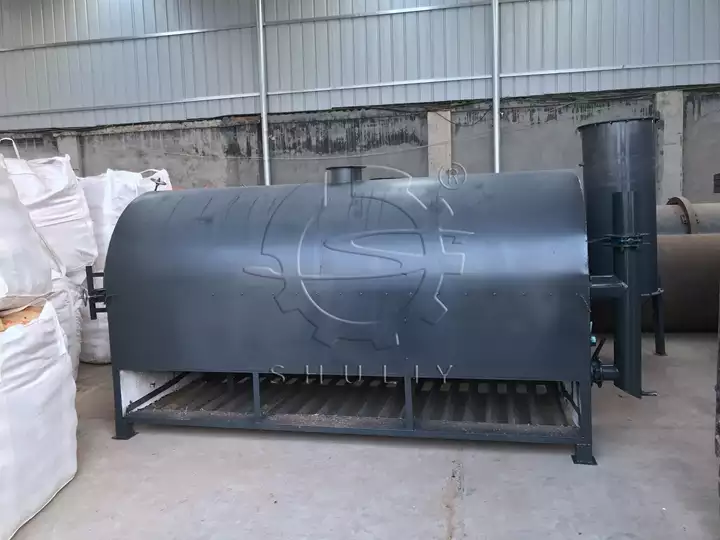
Peralatan karbonisasi kontinu: ini memungkinkan karbonisasi kontinu dan cocok untuk produksi skala besar.

Oven karbonisasi hoisted: biasanya digunakan untuk mempersiapkan jenis arang khusus seperti bambu.
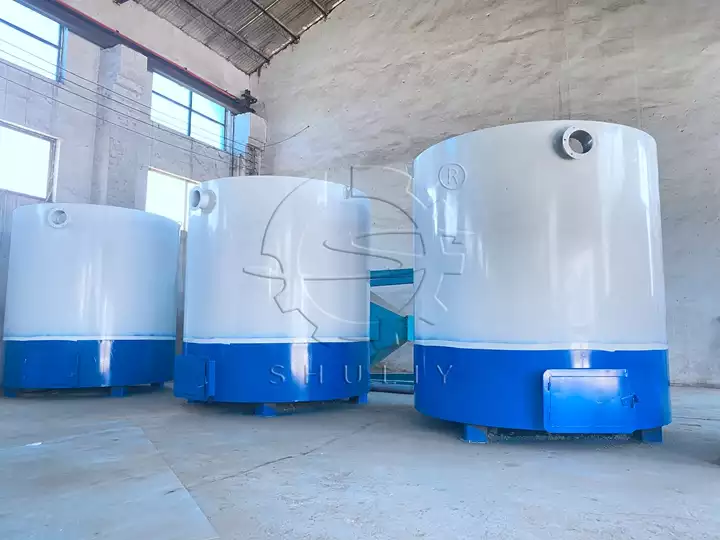
Setiap jenis peralatan karbonisasi memiliki kelebihan dan kesesuaiannya masing-masing, bergantung pada skala produksi, bahan baku, dan kebutuhan produk akhir. Jika Anda tertarik, selamat datang untuk menghubungi kami untuk informasi lebih lanjut.

